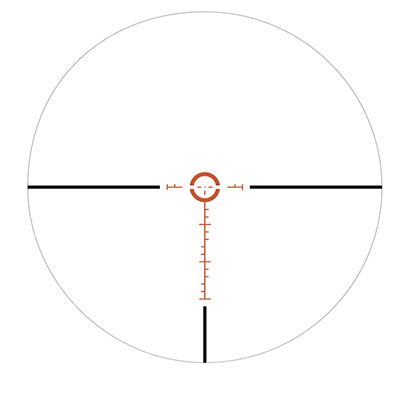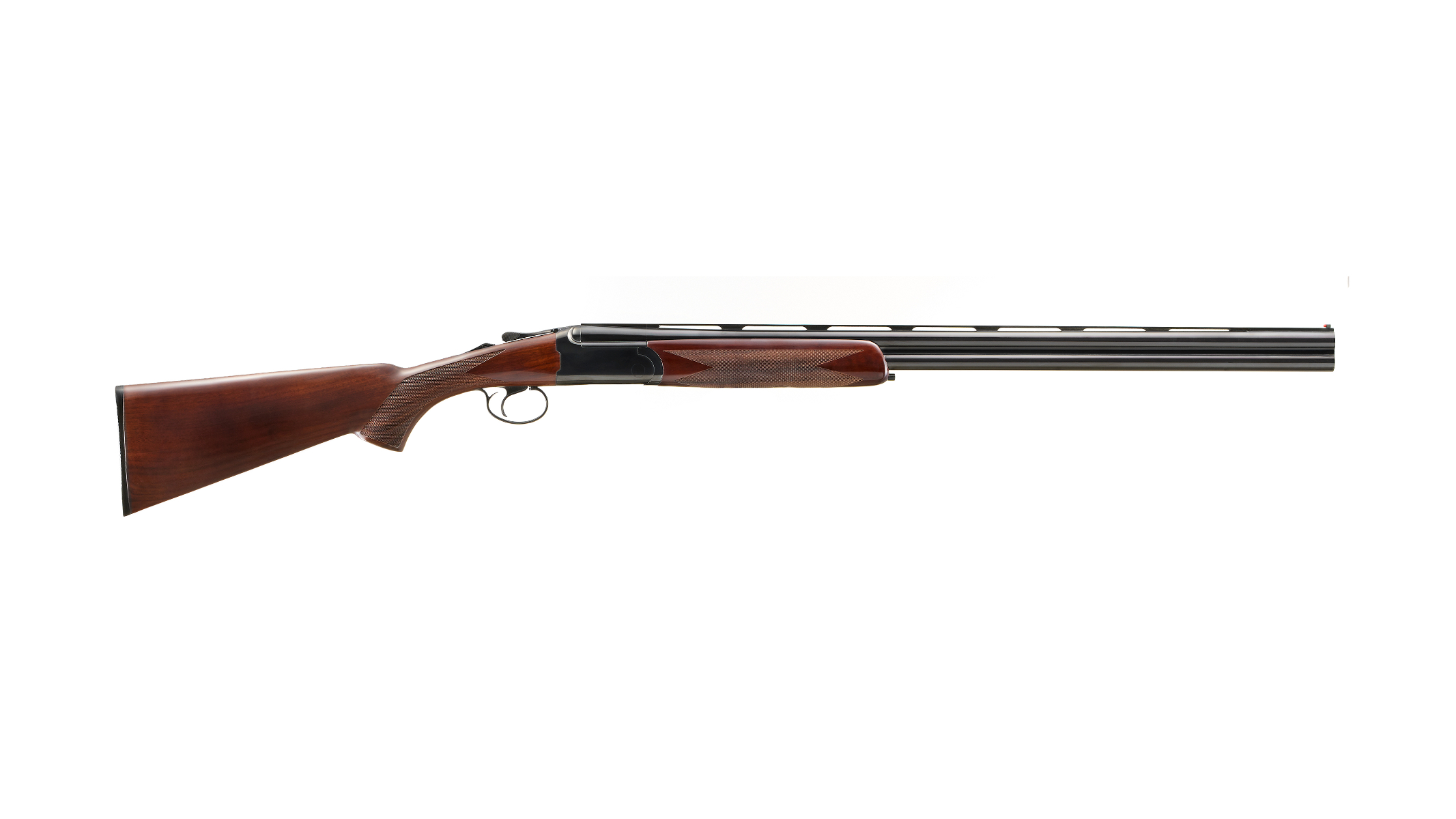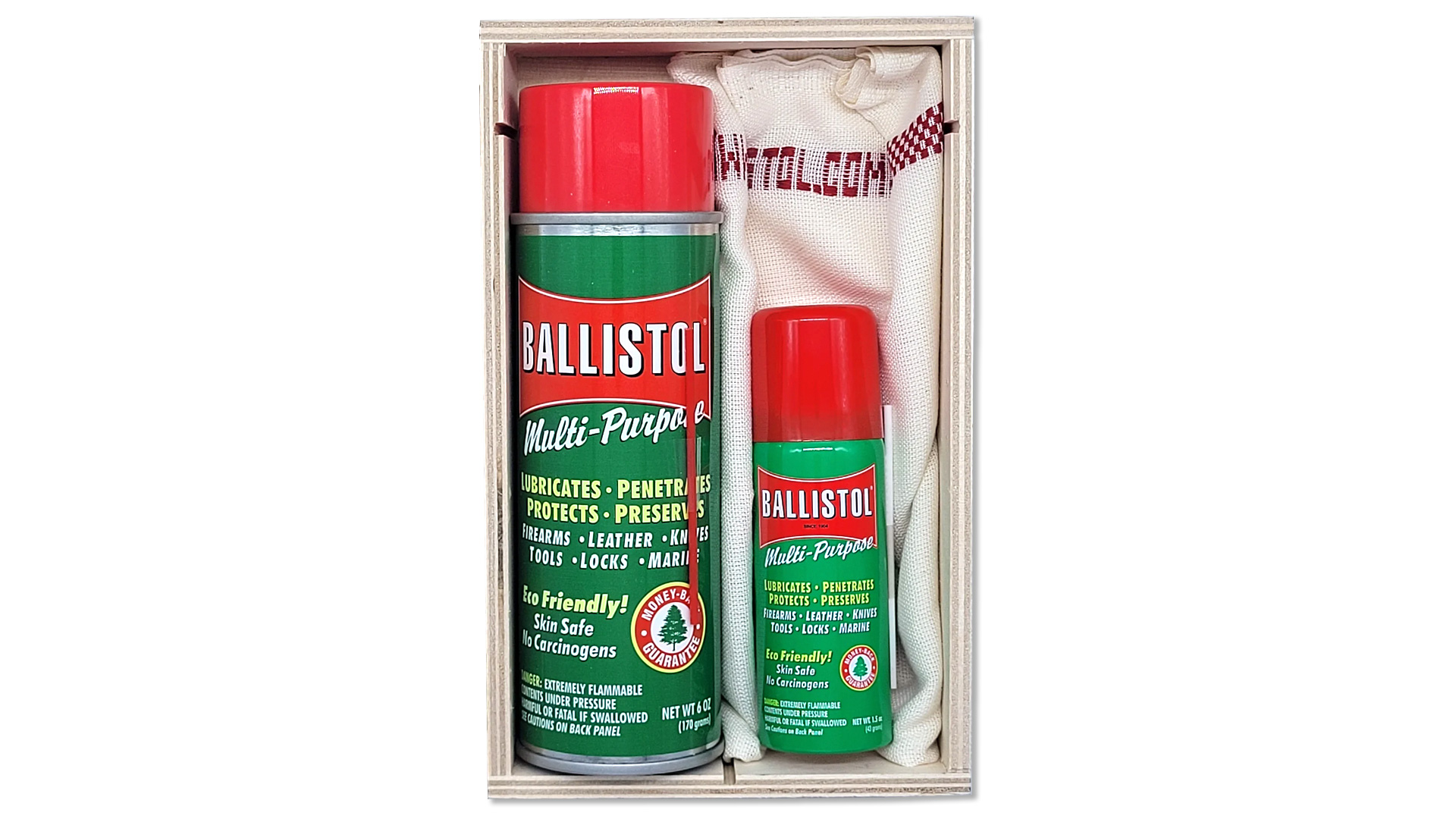
In 2016, the rules for NRA Service Rifle competition changed to represent the military rifle of the day more accurately. The new provision allowed competitors to use a scope with a magnification of no greater than 4.5X and a maximum objective lens diameter of 34 mm. When the rule was adopted, this left very few suitable options on the table, barely any of which had the necessary parallax adjustment to clearly make out targets at the various distances that these matches can entail. In response, Athlon Optics released its affordable Helos BTR 1-4.5X 24 mm—a riflescope expressly built to cater to this form of competition.
Using a 30 mm aluminum main tube as its base, this low-power variable optic (LPVO) features an illuminated reticle set in the second focal plane. This configuration allows the reticle to remain slim and unobtrusive throughout its entire magnification range. Even at 4.5X the 1/2-m.o.a. center aiming dot covers only approximately half of the smallest X ring that would be encountered during the Service Rifle course of fire.

Two-m.o.a. hash marks (following 2-m.o.a. gaps) flank the central dot at the 3- and 9-o’clock positions to assist shooters with their windage holds, while also helping the shooter identify any cant he or she might be imparting on the rifle—most likely due to excessive sling tension. The interior diameter of the reticle’s large center circle measures 12 m.o.a. For those competitors who opt to hold over their targets at range instead of dial for the elevation, additional hash marks run down the vertical crosshair, and Athlon’s reticle manual clearly lists out the values of these marks.
The elevation and windage turrets on the Helos BTR are oversize and exposed to enable rapid adjustments, even while wearing a shooting glove or mitt. As the typical Service Rifle match is shot out to 600 yards, Athlon built this scope with a revolution limiter that doesn’t allow the shooter to pass a full turn of the elevation turret. This still affords 23 m.o.a. of adjustment—enough to get rounds onto target—without fear of getting lost on the dial.
For testing, the scope was installed atop a custom-built match rifle using an Athlon one-piece, 20-m.o.a. mount. During this process, we immediately noticed the heft of the optic, as 22.6 ozs. is somewhat heavy for an LPVO with this zoom range. This is undoubtedly at the request of the intended audience, as service rifles are built to be as heavy as possible to help competitors stay on target during rapid-fire strings.
We removed the turret cap at the range to disengage the revolution limiter and expose the brass components underneath. This allowed us to zero the scope and test its tracking without running out of clicks. The 1/4-m.o.a. adjustments were tight and distinctive, and “shooting the square” with the scope at 100 yards confirmed that they were accurate and repeatable.
We ended the range session by reaching out to the 600-yard target, and we needed only 20.5 m.o.a. of elevation adjustment in order to do so—confirming that only a single revolution of the turret would get the job done. Most evaluators wished that the illuminated reticle had been brighter, as it was only visible against the black target on its most powerful setting.
Athlon wisely consulted with active competitors in developing the Helos BTR 1-4.5X 24 mm, a decision that paid off in the end with a quality, purpose-built product. We found the scope’s glass to be clear, its adjustments to be reliable and the reticle to be well thought out for its given application. Best of all, its reasonable MSRP of $537 leaves money left over for Service Rifle competitors to squeeze in a bit more practice.





































